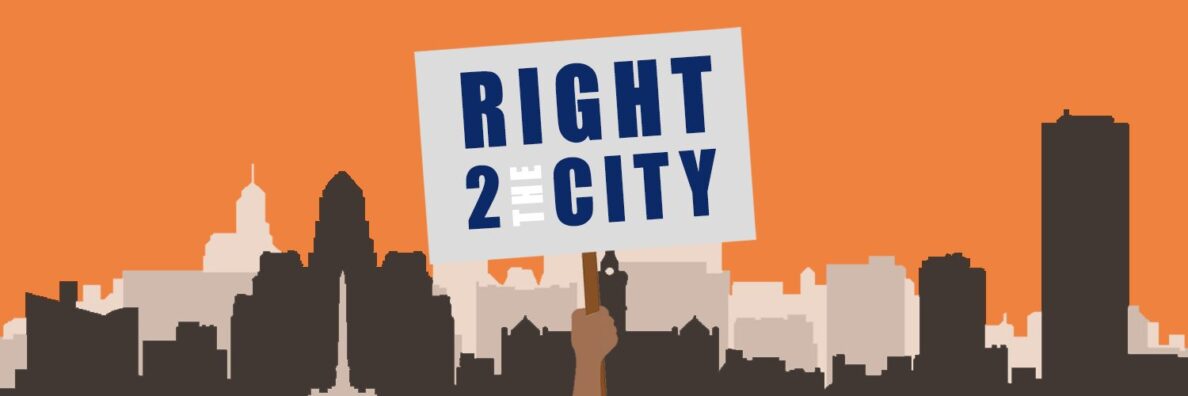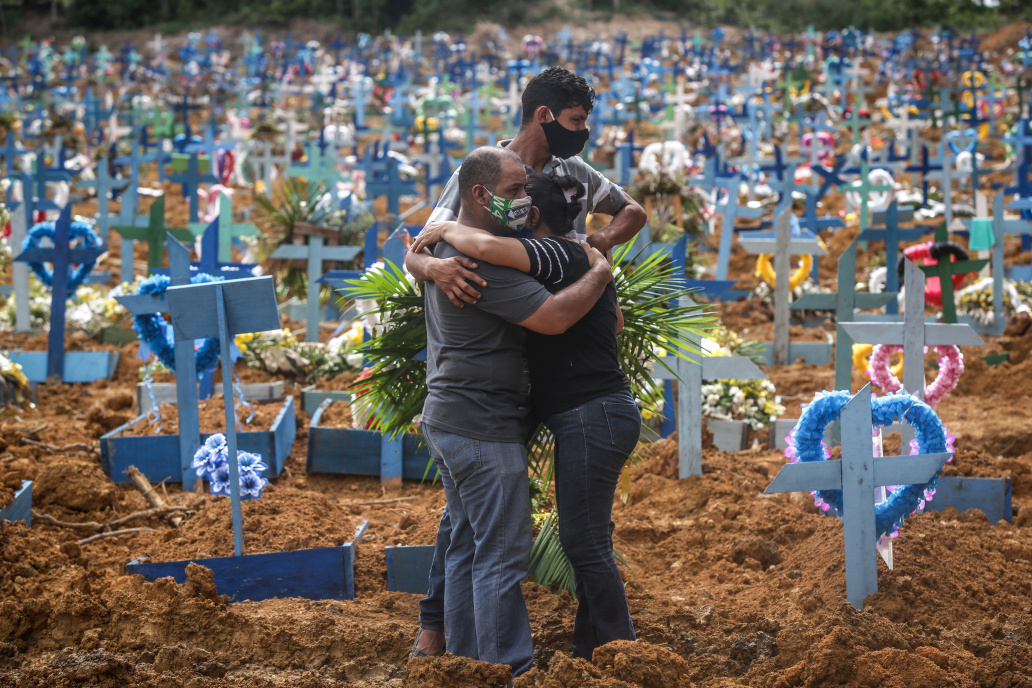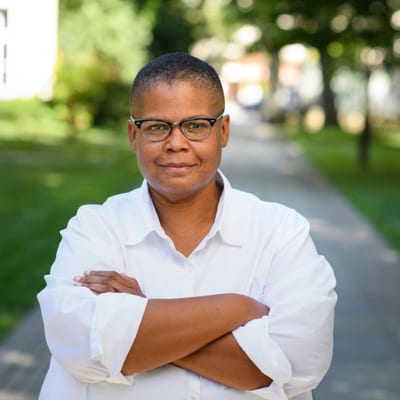The Occupation of Hayes Hall: Student Rebellions and Remaking the U.S. UniversityThe Occupation of Hayes Hall
Fifty years ago, the University at Buffalo was in the midst of a violent student rebellion, which involved pitch battles with the Buffalo police. On Sunday afternoon, March 15, a group of 45 U.B. faculty members staged a sit-in at Hayes Hall in an effort to move the campus conflict beyond battles between the students and police. The Faculty 45 were arrested shortly after the occupation started.
Henry Louis Taylor, Jr. PhD May 3, 2024
Fifty years ago, the University at Buffalo was in the midst of a violent student rebellion, which involved pitch battles with the Buffalo police. On Sunday afternoon, March 15, a group of 45 U.B. faculty members staged a sit-in at Hayes Hall in an effort to move the campus conflict beyond battles between the students and police. The Faculty 45 were arrested shortly after the occupation started.
I want to place the events that occurred at the University at Buffalo within the larger context of the national student revolution on U.S. college campuses, which took place during the late 1960s and 1970s. During this epoch, college campuses across the nation erupted in turmoil as black and white students demanded a fundamental change in university life and culture. Black students, for example, organized protests on nearly two hundred college campuses in 1968, 1969 and into the early seventies. These protests were typically complemented by white student rebellions that supported their demands. Everywhere, the militant activism of students centered on four interrelated topics: (1) opposition to the War in Vietnam (2) opposition to military research and the ROTC (3) support for the Black student revolution, and (4) transformation of the university into a democratic and civically engaged institution. The battles over these issues occurred in different ways, but the topical concerns were essentially the same, and they spawn conflict, crackdowns, and negotiations that profoundly transformed higher education.
The rebellious events, which took place at the University at Buffalo and elsewhere, resulted from dynamics that were unleashed by the ending of World War II. The war led to a break-up of the colonial world and the emergence of wars of national liberation, which triggered a Cold War and contention between the capitalist and socialist camp, and the leaders of these two groups—the United States and the Soviet Union. The U.S. government believed that it had to build the most advanced and technologically sophisticated military in the world to win the Cold War and achieved world hegemony, and this viewpoint led to a marriage between the military and big science.
Fueled by lucrative research contracts from the military, higher education experience explosive growth between 1940 and 1980, as enrollment leaped from about 1.5 to a little over 12 million students. The dramatic growth in enrollment led to a corresponding need for more faculty and staff members, as well as the expansion of campuses to accommodate new facilities, including housing for students. At the same time that defense spending and Cold War intrigue were growing higher education, technological developments catalyzed the Second Great Black Migration and brought millions of African Americans into urban centers, while the white rush to the new homeownership zone pulled millions of whites out of the central city and into the suburban hinterland.
As this historic social reconstruction of the urban environment took place, the Civil Rights Movement, the rise of the New Left, and a cultural revolution swept across the United States. The conversion of these forces created an alchemy of social change, which was best characterized by the rhetorical question posed by Langston Hughes in his poem, Harlem: What happens to a dream differed? Does it dry up like a raisin the sun? Or does it explode? Black America answered that question by conjuring up the Long Hot Summers of the turbulent sixties. Between 1964 and 1968, hundreds of Black urban rebellions occurred in cities across the United States and “Burn, Baby, Burn” became a slogan of the surging Black Power Movement. Concurrent, from 1964 onward, opposition to the Vietnam War accelerated, becoming the first mass movement against a war in U.S. history and one of the nation’s greatest moral crusades.
The students who rebelled on UB campus fifty years ago were shaped by these events and their political consciousness was framed by the intense desire to create a bold new world based on racial, social, economic and political justice. Their opposition to the Vietnam War was rooted in an anti-imperialism sentiment, support for the right to self-determination and wars of national liberation, along with an alliance with the black freedom struggle. Back then, these students and their faculty allies viewed the university as a dictatorial Ivory Tower in collusion with the military and corporate America, and they sought break this alliance by challenging the very mission of higher education: who should be permitted entry into universities and colleges? What constituted merit? Should students have a hand in faculty selection and governance? These students challenged the fundamental tenets of university life and insisted that public universities should reflect and serve the people of their communities.
The student rebels of the seventies changed university life and culture and laid the foundation for the emergence of the engaged university movement of the 1990s. In the UB, context, the late UB President William Griener paid these students their greatest compliment, when he said, the great universities of the 20th-century will be judged by their ability to solve urgent social problems. This profound statement made at the University of Pennsylvania symbolized the ideal of the civically engaged university.
Author Profile
Latest entries
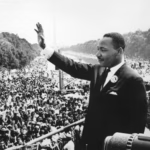 Henry Louis Taylor, Jr.01/20/2025Reflections on Martin Luther King, Jr.’s Dream
Henry Louis Taylor, Jr.01/20/2025Reflections on Martin Luther King, Jr.’s Dream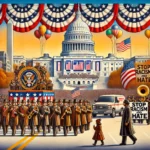 Henry Louis Taylor, Jr.01/09/2025The Trump Inaugural Parade is a Political Event
Henry Louis Taylor, Jr.01/09/2025The Trump Inaugural Parade is a Political Event Henry Louis Taylor, Jr.05/04/2024The Occupation of Hayes Hall: Student Rebellions and Remaking the U.S. UniversityThe Occupation of Hayes Hall
Henry Louis Taylor, Jr.05/04/2024The Occupation of Hayes Hall: Student Rebellions and Remaking the U.S. UniversityThe Occupation of Hayes Hall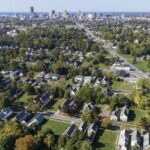 Henry Louis Taylor, Jr.03/21/2024Ryan’s infill housing strategy is the right plan for Buffalo
Henry Louis Taylor, Jr.03/21/2024Ryan’s infill housing strategy is the right plan for Buffalo
